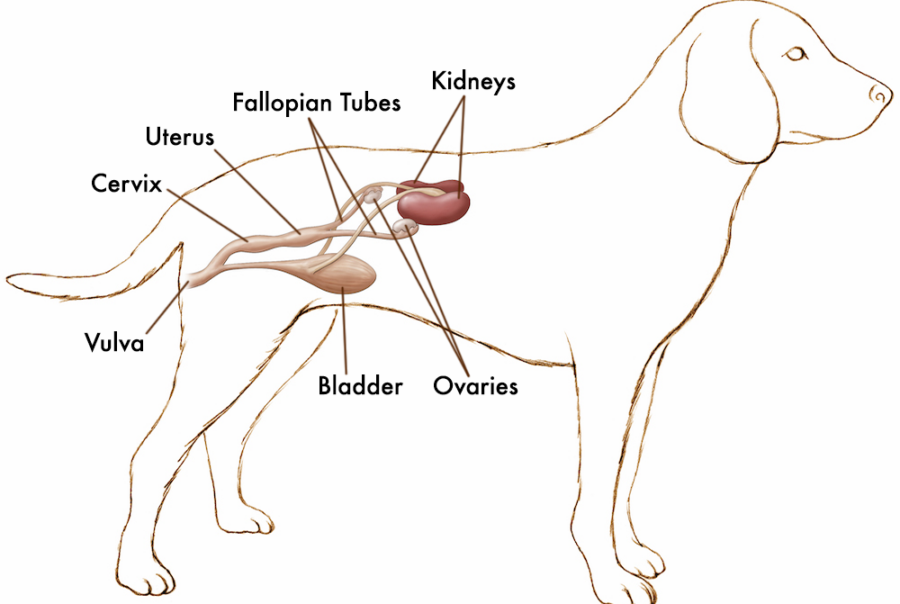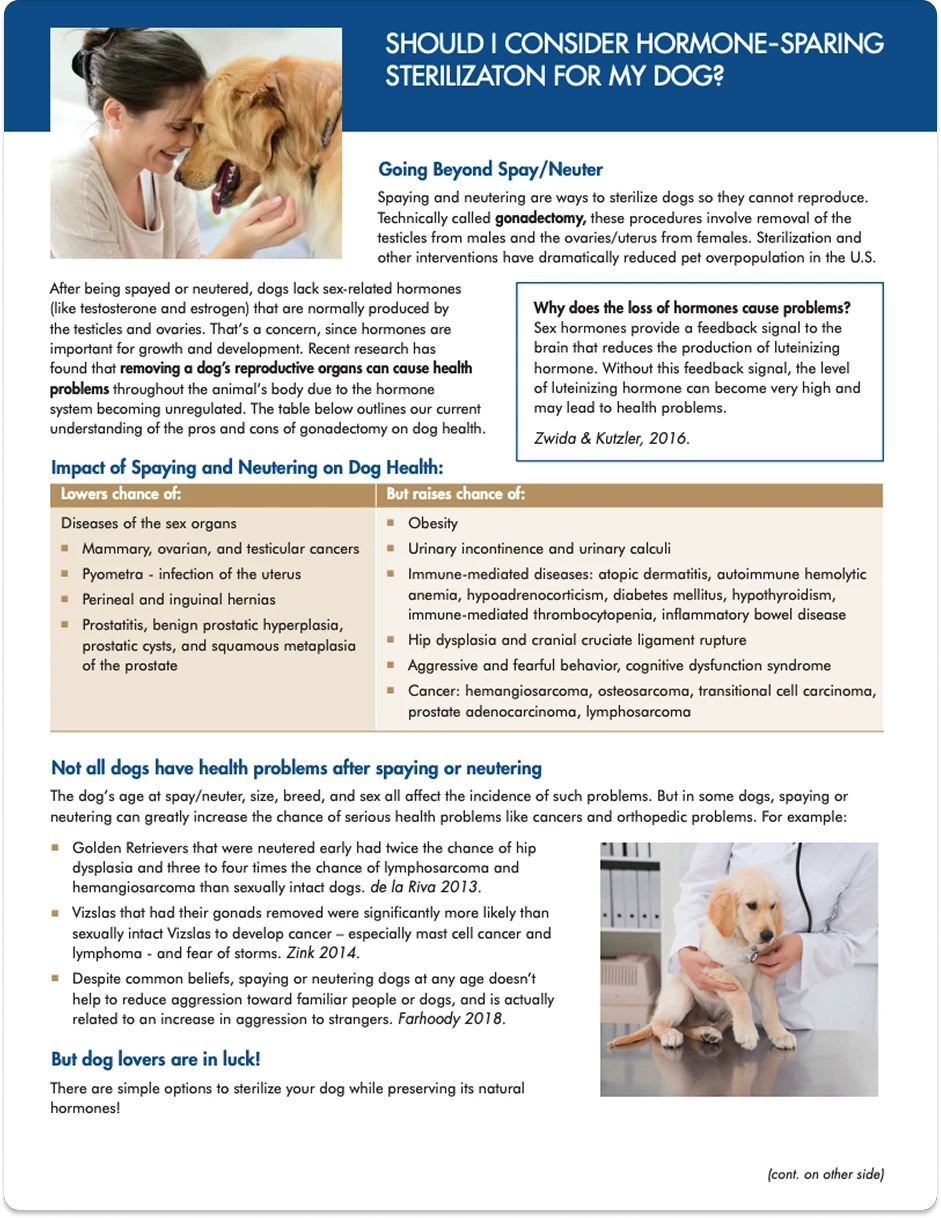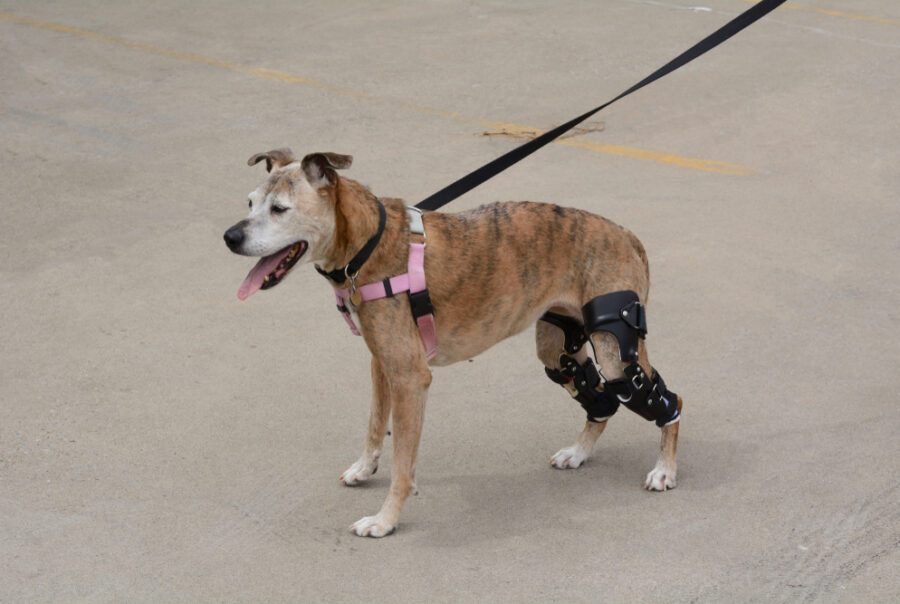Proper identification of dogs who have received hormone-sparing sterilization is critical to avoiding unnecessary repeat surgeries. Find out what you need to know about identifying dogs that have received a hysterectomy or vasctomy by applying a simple tattoo.
Use our Veterinarian Directory to find a veterinarian near you who offers hormone-sparing sterilization.









